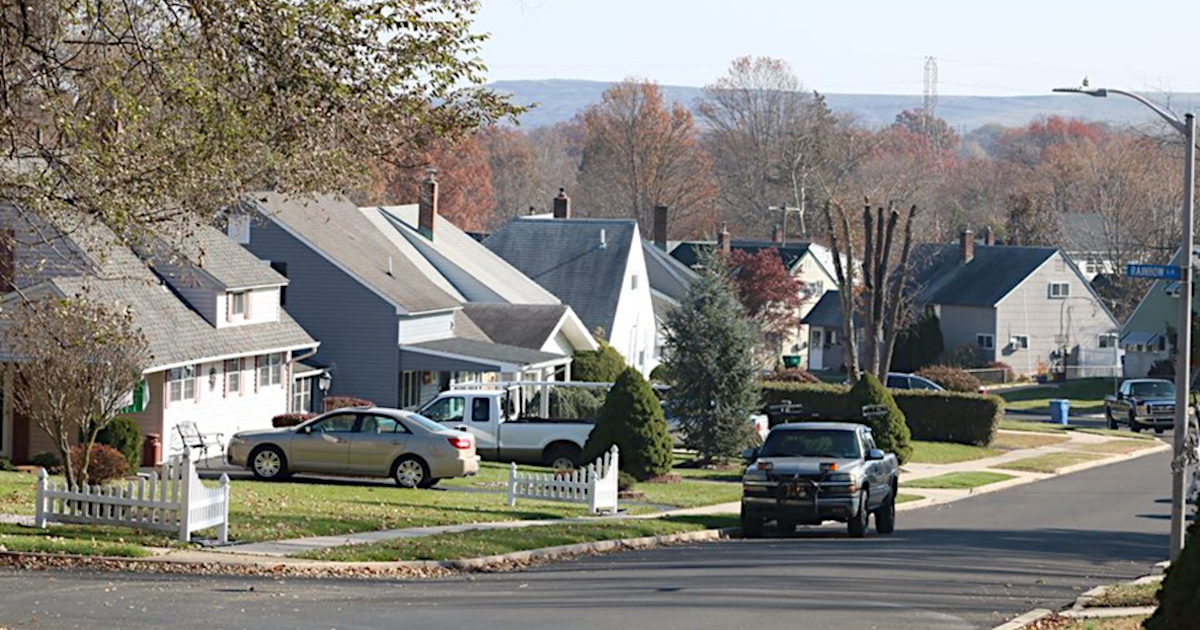
A Look at Real Estate Risks to the Stock Market
Mortgage service providers, under a new rule, proposed last week, would be required to delay foreclosures on primary residences until after 2021. This proposed rule would affect all servicing lenders, not just FNMA, FHLB, FHA, and VA mortgages that had previously fallen under the original forbearance mandates in the CARES Act. Recent figures by the Consumer Protection Financial Bureau (CFPB) show nearly 3 million homeowners are behind on their mortgage payments presently. This is an improvement from the high last June when, according to data from the Mortgage Bankers Association (MBA), there were 4.3 million households in arrears or 8.53% of single-family home mortgages. This month (April 2021), the MBA reported an estimated 2.5 million homeowners, or 4.9%, are in forbearance. This is a very slight reduction from the 4.96% in forbearance recorded the month before.
|
About the Consumer Protection Finance Bureau
The CFPB was created in the aftermath of the 2008 financial crisis that triggered a huge increase in foreclosures. The agency is resolute to prevent that from happening in the current financial downturn and is encouraging lenders to be proactive about working with and protecting their borrowers from being forced out of their homes. |
Importance of RE Markets
for Stock Investors
Still fresh in the minds of many is the impact the mortgage crisis of 2008 had on asset prices, including equities. Problems similar to 2008 were circumvented in 2020 even as unemployment spiked upward to 14.7% last April. The latest unemployment report for March shows only 6% unemployed. With millions behind on mortgage payments and landlords unable to evict renters for non-payment, investors need to determine if extensions to give more time to those behind on payments a solid solution to a unique problem, or a delay that may even exacerbate an inevitable economic problem. Theories and arguments can be found on both sides; some see forbearance as the piece that could have prevented devastation in 2008 and is now proving its effectiveness as the economy has put many people back to work. Others believe any delay in dealing with market-related pain only creates larger problems down the road.
Contrasting opinions and analysis are what markets. If we all thought “buy” was the only direction, or “sell” was the only sane action, there would be no market. With no one to take the other side of a trade, transactions would quickly cease. However, with economic orchestration in housing now measuring over 500 billion, being wrong (in either direction) could be costly to stock market investors.
Therefore it’s necessary to understand both sides to the legitimized deference of payment (forbearance) reality. It has been extended before, and with its creation and extension, it either helps households out who will be better equipped to pay their mortgages or exacerbates a problem that will become larger as it has been allowed to fester.
Doomsayers Awaiting Opportunity
“Doom” may not be the right word. Of those expecting that real estate will crumble and bring other assets with it, they see an opportunity for those that are keeping some powder dry as they wait for lower prices.
Fitting in this camp is Marc Snydeman. Marc is the Founder and CEO of Snyderman Law Group. His firm provides strategic business and legal solutions to small and medium-sized businesses. They also specialize in helping businesses grow, and investors find opportunities to disrupt and better marketplaces. Snyderman is positive on the opportunities the current situation will bring. Marc’s reply to Channelchek when asked about his thinking was blunt. He said, ”The continued mortgage forbearances are essentially a ticking time bomb for real estate on both the residential and commercial sides that will affect the economy across the board. When the forbearance runs out after having that proverbial can kicked down the road multiple times the flood of foreclosures will likely eclipse 2008.” Although Snyderman recognizes the conditions are different than 2008, he believes there are big challenges and opportunities yet to come. “While there’s no securitization of those mortgages at risk like in 2008 the overall economic effects of this bomb going off will create significant issues and opportunities in real estate to pick up properties well below market value.” Snyderman said. It can be expected that any “across the board” negative economic impact could take stock prices down with it.
Light at End of the Tunnel
When the strong economy was abruptly altered for the novel coronavirus last March, unemployment spiked; meanwhile, delinquency rates on loans plunged. This is the opposite of what happened in the financial crisis of 2008 and in virtually all other downturns. For example, looking back to the financial crisis, mortgage delinquencies jumped from 2% to 8%. Compare this to the pandemic’s first seven months when they fell from 3% to 1.8%. Historically unemployment leads to mortgage foreclosures; depressed housing generally snowballs down, creating lower economic activity and higher defaults. This is why the CARES Act included a section requiring forbearance of federally insured mortgages (70% of all mortgages) was instituted.
The pandemic has not to date resulted in house price declines that history suggests should occur at some point. Keifer
Rowlands of Keifer
Rowlands Real Estate is a veteran real estate professional based in the Los Angeles area. Rowlands focuses on residential real estate and has experienced 25 years of market swings. He believes the current guidance and regulatory support is leading to a soft landing and suspects lower interest rates could place the economy in a stronger position later on. “I think this will be a smooth ending for all involved. I’d urge everyone to think positive. All factors are pointing towards good news on the horizon — borrowers will likely return to the workforce, and now they will most likely have a lower house payment than they did before the pandemic. This suggests that with the return of the economy, a vast majority of borrowers that received forbearance will be in a position to bring their mortgage current and keep it there.” Keifer said. He doesn’t think this is misaligned with historical experience as he offered some additional history and how the lessons from it are helping today. “When banks did mortgage forbearance after the Great Recession they found that borrowers, unfortunately, ended up back in default at an alarming rate. Based on data from Freddie Mac, the current forbearance packages being offered to borrowers are not fairing significantly better. Freddie Mac states that last year after the 7th-month post forbearance, barely half of borrowers were current. There may be several factors that kept borrowers from being successful. The main reason is most likely that during this period that Freddie Mac analyzed the United States was still at a very high level of unemployment. The highest since the Great Recession (2007-2009). This means that with the end of the pandemic nearing, and the economy having record output and returning to full employment, the prospects for borrowers in forbearance are extremely positive.”
With unemployment levels now in the mid-single digits, any further improvement could bring many more borrowers who have deferred payments back from their hiatus. This would mean that a deeper asset value crisis was avoided.
Take-Away
Although the long-term correlation of stocks to real estate is only .20%, 2008 has shown us the potential impact in severe cases. We also know the statistics for a deep recession; no matter the cause, takes everything except US Treasuries down with it. If the CFPB proposal eventually gets approved and foreclosure proceedings can’t start until next year, many more at-risk borrowers will likely find financially meaningful jobs, thereby getting back on mortgage track. The impact so far has been an increase in real estate prices that has served to prevent people from buying a home. Is this a bubble? How will all the borrowers who lost months repaying make up that time? What will be their ultimate cost? There are many factors in play, interest rates, joblessness, government-supported deferment, worker inertia, contract law, and tax impact. Stock market investors need to keep aware of what is occurring in all the other markets, including real estate, as it could either provide an opportunity or signal a time to take some chips off the table.
Managing Editor, Channelchek
Suggested Reading:

|

|
Space as a Lucrative Investment Space
|
Who Benefits from the American Jobs Plan?
|

|

|
How Much is a Trillion?
|
Michael Burry says COVID 19 Cure Worse than Disease (April 17, 2020)
|
Sources:
https://www.youtube.com/user/CitrusValleyRealtors
http://sp2018zaqfqqg.wpengine.com/
Photo: Levittown, PA / Tom Sofield
Stay up to date. Follow us:
 |
 |
 |
 |
 |
 |
Stay up to date. Follow us:
 |
 |
 |
 |
 |
 |
